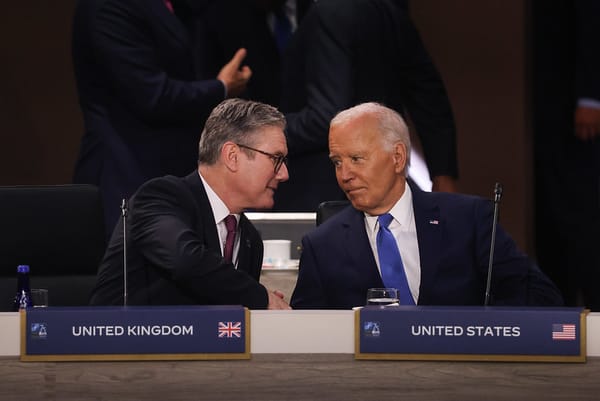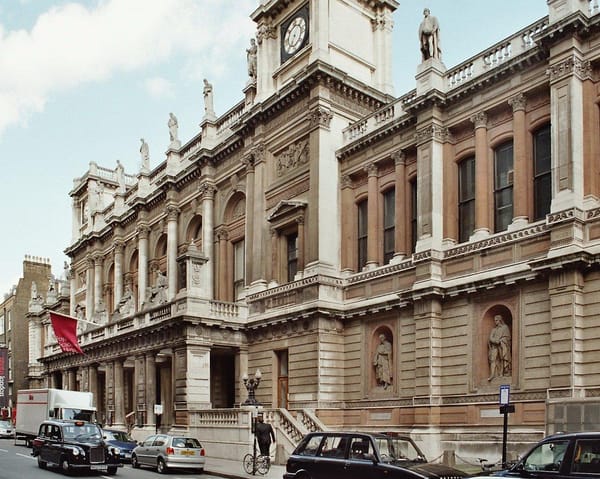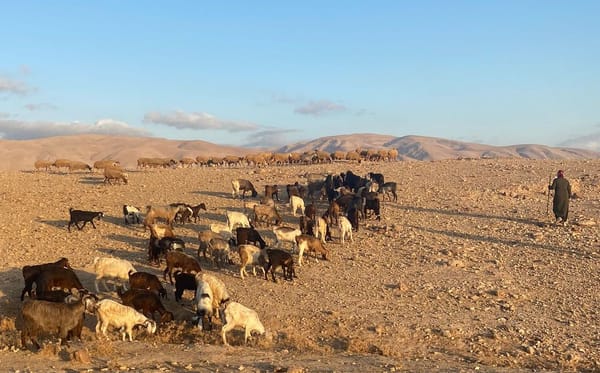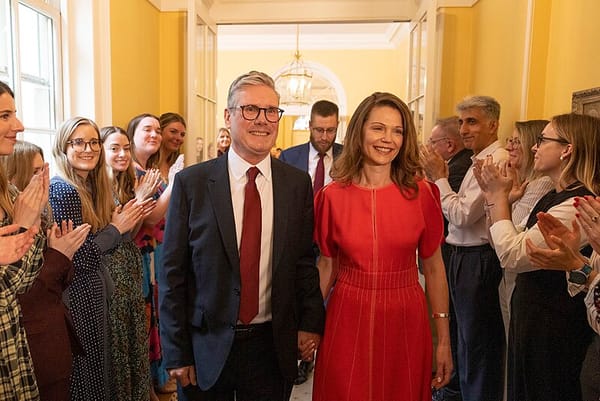Stitching together ‘Britishness’ from Mile End to Mayfair
The Museum of London Docklands’ new exhibition 'Fashion City' explores the complex relationship of Jewish migration to the capital's fashion.
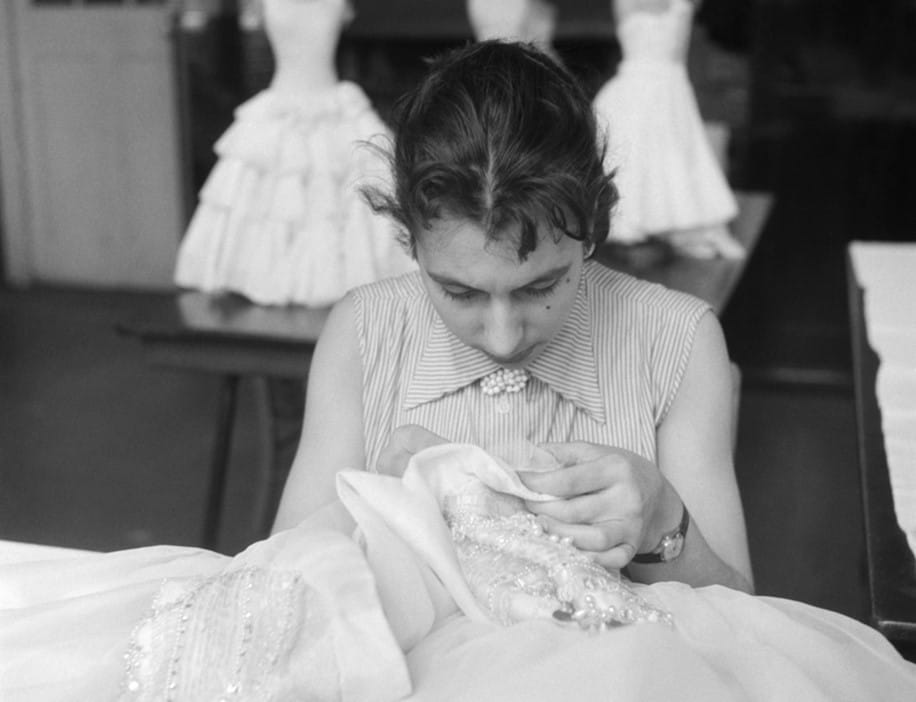
London is awash with galleries and museums exploring fashion and its relationship to the city. Few exhibitions, however, have intersected more effortlessly with my own identity than Fashion City: How Jewish Londoners Shaped Global Style, the current exhibition at the Museum of London Docklands, which opened in October and runs until April 2024. I migrated to London with my family when I was young, have spent years in and out of the fashion world, and am now writing a PhD on the labour practices of the city’s male models, so I was excited to attend and to share my reflections with Vashti’s audience.
The exhibition is split between East and West London, with these two distinct sections linked by a tunnel reminiscent of the London Underground’s Central Line. In the East End, the audience encounters the garment and accessory industries in which many Jewish migrants worked upon arrival at the turn of the 20th century. In the West, the exhibition turns into a celebration of the more visible mid-century achievements of Jewish designers and businesspeople.
The tunnel creates an accessible chronological narrative, but it also physically divides the city in a way that doesn’t quite capture the consistent movement of Jewish migrants and their children between these two sides of London. For example, Warren Gold’s store, Lord John, was a Carnaby Street establishment, and so he is featured in the West End, even though he began his career in London by selling coats and jackets on Petticoat Lane with his brother. On the other side, the start of Angels Costumes is shown on the East side, although Daniel Angel arrived from Germany in 1813 and began his trade by selling garments in Seven Dials, Covent Garden. To this day, Angels Costumes – now based in north-west London – is invaluable to British film, television, and theatre, and is still run by the Angel family.
The East End
The exhibition begins in East London, the centre of eastern European Jewish migration to the city between 1881 and 1914 and the heart of London’s fashion industry. The statistic that around 60% of the 100,000 Jewish immigrants in London between those dates worked in the clothing and accessories industries sets the stage.
It is impossible to understand this number, however, without viewing the Jewish relationship to fashion as a pan-European phenomenon beginning long before Jews began migrating to East London – one central to my own family history. Jews were restricted from professions such as medicine and law in the 17th and 18th centuries, and as a result sought work elsewhere. In certain parts of Italy, between the 16th and 18th centuries, strazzaria, the sale of old garments, was regarded as a mostly Jewish trade.
In France, too, during periods where it was not simply illegal to be Jewish, Jewish career options were often limited to second-hand clothes selling and tailoring. The work of fripiers – second-hand clothes salesmen – was considered a particularly Jewish trade; my grandmother’s maiden name was Frippiat. Wander down trendy streets of francophone cities today, and you’ll be exploring endless fripperies, similar to the flourishing second-hand stores adorning London’s Brick Lane.
The mass migration of eastern European Jews transformed London as a fashion city. Jewish migrants, fleeing pogroms and repressive social and employment restrictions, formed the working-class base necessary to serve a growing consumer market for “ready-made” clothes. Their presence in Tower Hamlets and Hackney continued the long-established garment trade and textile industry of the East End.

Names are themselves an object of interest throughout the exhibition, be they those of business owners, seamstresses, or photographers. On so many panels there are two lines of names: the first, in bold, is the anglicised version; the individual’s birth name sits below. One example is the photographer Henry Shaw, born Chaim Sochaczewski. Names were changed for many reasons, whether to obscure one’s heritage in their new country for fear of antisemitism, to begin a new life of Britishness, or even by the arbitrary decision of a border agent.
The fashion industry also provided Jewish migrants the opportunity to go beyond individual assimilation and anglicisation by helping to construct the popular image of Britishness itself. Indeed, it is often migrants who are able to make products that embody the hegemonic cultural ideal of the time, maybe as a way to become part of it themselves. The Molmax Harris Tweed collaboration from around 1970-80 is one example, reifying an ideal of Britishness in a practical but symbolic merging of textile and accessory design.
The Fashion Curator of the Museum of London, Dr Lucie Whitmore, is the great-granddaughter of Max Moldau, who emigrated from Vienna to London in 1938. He established his leather bag company, Molmax, in Vienna, and managed to successfully re-establish it in England. The brand partnership between Molmax and Harris Tweed allowed the former to integrate itself into popular British identity by anglicising a Jewish immigrant-owned brand.

The West End
Once through the tube tunnel, the personality that drew me in the most was that of Otto Lucas. Known as the “milliner millionaire”, Lucas was a businessman who hired impeccable milliners and hatmakers and was a go-to name for celebrities and fashion designers. Stocked in Harrods and featured on the cover of British Vogue, his hats were a symbol of wealth for the women of the 1960s.
The reasons he is not a household name today, however, are as significant as his fame was while he was alive. As his story demonstrates, the relationship of Jews to Britain was not straightforward, even when their creations became a form of British luxury. Born and raised in Germany, Lucas trained as a milliner in Paris and Berlin before moving to London in 1933, establishing his business on Bond Street. As a gay Jewish man there was no possibility of returning to Nazi Germany, and his parents were both killed in Nazi death camps.
London, however, was not strictly welcoming at the time, either. Lucas was arrested and held in an internment camp in 1940, when England classed all Austrian and German nationals as “enemy aliens”. The uneasy irony is that the majority of the 29,000 interned were Jewish refugees having escaped one form of imprisonment only to arrive in a country that broke its promise to protect them.
England was also unwelcoming to Lucas as a gay man: the decriminalisation of homosexual acts only came in 1967, a mere four years before his unexpected death in a plane crash. His business was immediately shut down: he had been with his partner Rolf Andersson for at least 10 years, but this was not a legally recognised relationship, and with no clear inheritor to the company, it closed.
Lucas’ hats had appeared on the covers of British Vogue and Tatler, and had adorned the heads of not only Greta Garbo, but also of every single model in 1961’s London Fashion Week. There is not much known about his private life, probably due to a necessary semi-anonymisation for his personal safety as a queer Jewish immigrant, but in his day he straddled the British bourgeoisie through his business, elegant dinner parties at his partner’s mansion in Kent, and frequent visits to the iconic Colony Room Club in Soho.

Another character championed in the exhibition’s Carnaby Street section is Mr Fish, also a queer Jewish icon. Michael Fish was born in North London, and although this made him British by birth, his creations relied on the globality of garments. His efforts to popularise dresses for men expanded the scope of gender expression, and his designs were worn by names as big as David Bowie and Mick Jagger. When these dresses were criticised as feminine, Fish explained that dresses had been worn by men across the globe and throughout history. The description of the embroidered garments in the exhibition makes note that some of these men’s dresses may have been Moroccan kaftans which were then tailored and further decorated in London.
Fish’s story exemplifies how London’s status as a Fashion City is intrinsically tied to migration, whether of the fabricants, the sellers, the materials, or the clothes themselves. This remains true to this day, demonstrated in small but marvellous ways. East London’s ever-present second-hand stores may no longer have mezuzot fixed to the doors, but the street signs are written both in English and Bengali, and the remaining beigel shops are now just a few doors down from iconic curry houses.
This review reflects only the moments in the Fashion City story that most commanded my attention. There are many more to be discovered and discussed, not least the histories of household names like Moss Brothers, River Island, and Marks & Spencer. To appreciate the full scope, you will have to take your turn to walk through the streets of Canary Wharf and into the Museum of London and find the narratives which grab you out of the seemingly endless chain of links between fashion, London, and Jewish identities.▼
Emma Louise Rixhon is currently doing a PhD exploring how shifting masculine ideals inform and affect male models’ labour practices in London. They are also a photographer and writer.

